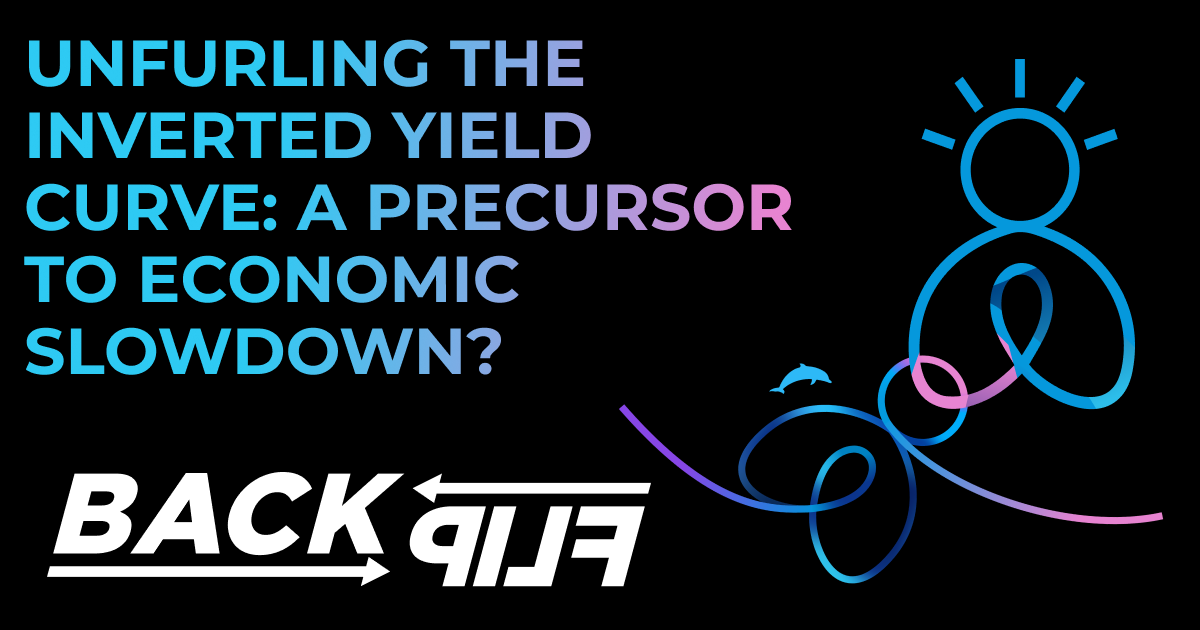In the financial world, the shape of the yield curve is often seen as a harbinger of economic tidings to come. A notable anomaly, known as an inverted yield curve, occurs when short-term interest rates eclipse those of long-term rates. Historically, this inversion is viewed as a precursor to an economic slowdown or even a recession.
The mechanics behind an inverted yield curve can be twofold. On one hand, it reflects investors’ anticipation of dwindling economic growth, prompting a higher yield demand on short-term debt to offset the risk of potential financial loss. On the other, it can be a byproduct of monetary policy, where the Federal Reserve elevates interest rates to temper economic growth. This tightening maneuver escalates borrowing costs, which can subsequently dampen business investments and economic activity.
The ripple effects of an inverted yield curve are multi-faceted:
Economic Growth: The higher interest on short-term debt, driven by investor skepticism about future economic vitality, can throttle economic activity and trigger job losses.
Lending Activity: As borrowing costs soar, businesses may hit the brakes on new projects and hiring, feeding into a self-perpetuating cycle of economic slowdown.
Consumer Spending: With a cloud of uncertainty looming, consumers may tighten their purse strings, especially on big-ticket purchases like homes and automobiles, further stymieing economic growth.
As we inch closer to 2024, the specter of an inverted yield curve looms large, and its potential fallout on credit unions is a matter of earnest deliberation. The anticipated deceleration in loan growth compounds the challenges posed by the inverted yield curve. Credit unions, standing as community bulwarks, may need to navigate this financial quagmire with a blend of strategic foresight and innovative solutions to continue fostering economic resilience within their communities.
In the face of an inverted yield curve, the narrative is complex, but not without silver linings. By embracing adaptive strategies, credit unions can strive to weather the financial storm, sustaining their mission of community support and economic empowerment, even in a climate of economic uncertainty.
